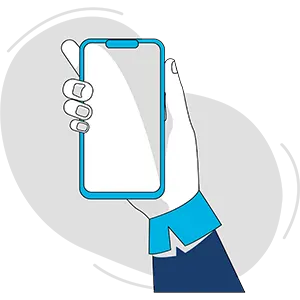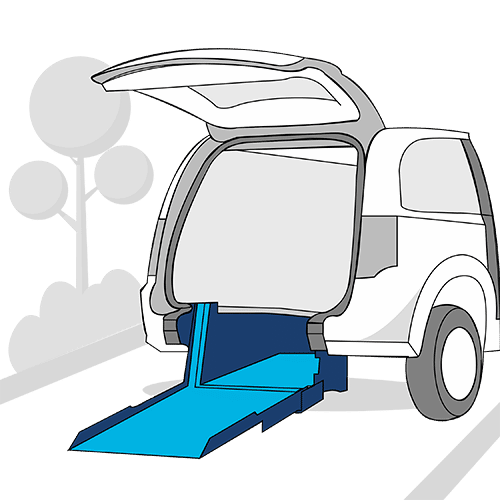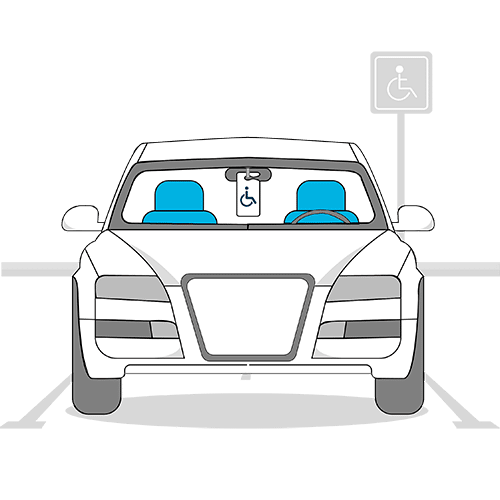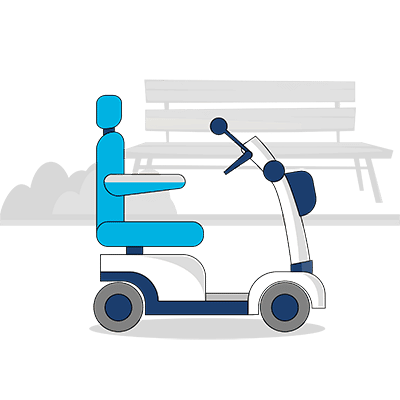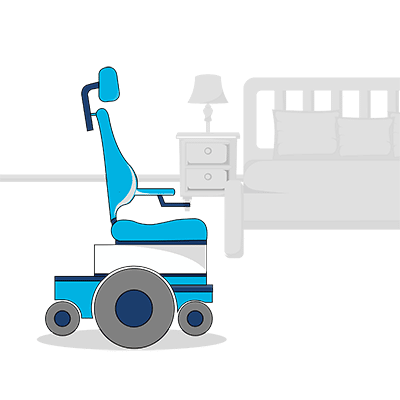Uber is trialing wheelchair access vehicles in its Brisbane service, as the ride-sharing platform tries to combat claims it does not cater for disabled passengers.
The three-day trial began on Tuesday and coincided with the National Disability Insurance Scheme Conference being held in South Brisbane.
As recently as last month the Australian Taxi Industry Association criticised Uber for its “lack of wheelchair accessibility”.
Ride-sharing apps like Uber are currently subject to a Queensland Government review.
Uber Queensland general manager Mike Abbott said a “handful” of vehicles with mechanical wheelchair lifts were being used in its pilot program named UberWAV.
Mr Abbott said about 10 per cent of the company’s customers already used its disability-friendly mode called UberASSIST, which utilises drivers with extra training who have vehicles that can fit a folded wheelchair or scooter.
If the trial is successful, he said Uber was hoping to get dozens of UberWAV drivers on Brisbane’s roads.
“It’s clear to us that members of the community with accessibility needs…are looking for transportation alternatives,” Mr Abbott said.
“If you’re booking a wheelchair-accessible taxi wait times are often in excess of 18 minutes, their reliability is an issue.”
Uber and its taxi services remain illegal in all Australian states and territories, except the ACT. While it is not against the law for passengers to ride-share, drivers face penalties if they are caught by transport authorities.
In Queensland the state government has ordered a review into ride-sharing, but any changes to legislation are unlikely to occur until late 2016. Opponents in parliament include the increasingly influential Katter Party, who have accused Uber of hurting small business and want drivers slugged double demerit points if caught.
UberWAV driver Con, who did not want his surname published, said he believed the service could fill a void especially for disabled passengers who needed transport on weekends.
“[Other than taxis] the only other way these people get around is through the disability networks and organisations themselves, but often that’s a business hours thing,” he said.
“I saw this being a very safe, very convenient, cost-effective way of transport.”
Con, who has a 13-year-old son who uses a wheelchair, drives a modified small van with a wheelchair lift and special seatbelts for passengers.
“I don’t condone breaking the law, but as I see it it’s this grey area. I see the need to help those who can’t help themselves, and I’m willing to put myself out there to help them.”
This article was sourced from brisbanetimes.com.au Queensland published on Tuesday, October 27, 2015 to view the original article please click here

